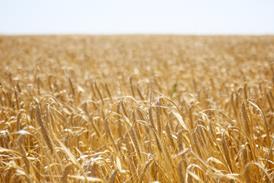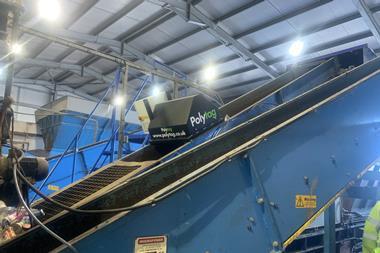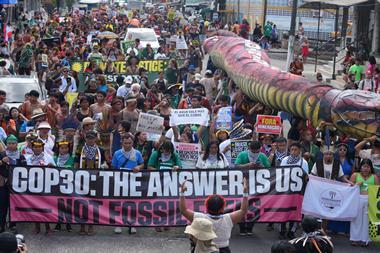Wheat, maize and soybean prices will continue to rise early in 2013 before falling later in the year - as the commodities markets are hit by yet more price volatility, Rabobank predicts in its latest forecast.
Rebuilding global stocks after poor harvests in 2011/12 would be a key challenge and higher prices on grains and oilseeds would initially be needed to ration demand and encourage farmers to plant more, the bank said in its report, Outlook 2013: Rebalancing on a Tightrope. Prices would then drop later in the year as stocks were rebuilt, barring weather problems.
By the end of 2013, Chicago maize prices were likely to have fallen to an average of $600/tonne, compared with $740/tonne this quarter, although prices would first move up to $790/tonne in the first quarter of 2013.
Matif wheat was tipped to rise from €270/tonne in the fourth quarter of 2012 to €290/tonne in early 2013 before falling to €204/tonne in the final quarter.
Familiar faces dominate our tracker of key commodities risers and fallers this week.
Cocoa butter continues to rise in price, increasing by 8.4% over the past month, driven by lower grindings in Europe and North America during the second quarter of 2012.
Wheat prices also remain high with global production for 2012/13 forecast to fall 6% year-on-year, while worldwide consumption is only expected to be down 2% on last season.
UK feed wheat is nearly 50% more expensive than last year, having risen by 7.6% month-on-month.
At the opposite end of our table, Arabica prices have fallen to their lowest level since June 2010, with global production in 2012/13 set to rise by 9% y-o-y to 147 million bags.
For soybeans, a hike from $1,450/tonne this quarter to $1,475/tonne was forecast for the first quarter in 2013, before ending the year at around $1,300, with growing demand from China supporting prices. Soymeal prices would not rise in the first quarter and would subsequently fall by nearly $75/tonne to $350/tonne, as global demand slowed.
Although prices were generally expected to drop in 2013, the bank warned that “lingering drought in the US and southern Russia” would remain a key risk to agricultural commodities next year. “Low inventory levels in the grain and oilseed markets leave prices exposed to high volatility and the risk of further production issues,” it said.
For soft commodities such as coffee, cocoa and sugar, Rabobank forecast relatively stable prices, as supply and demand were better balanced and decent surpluses existed.



















No comments yet